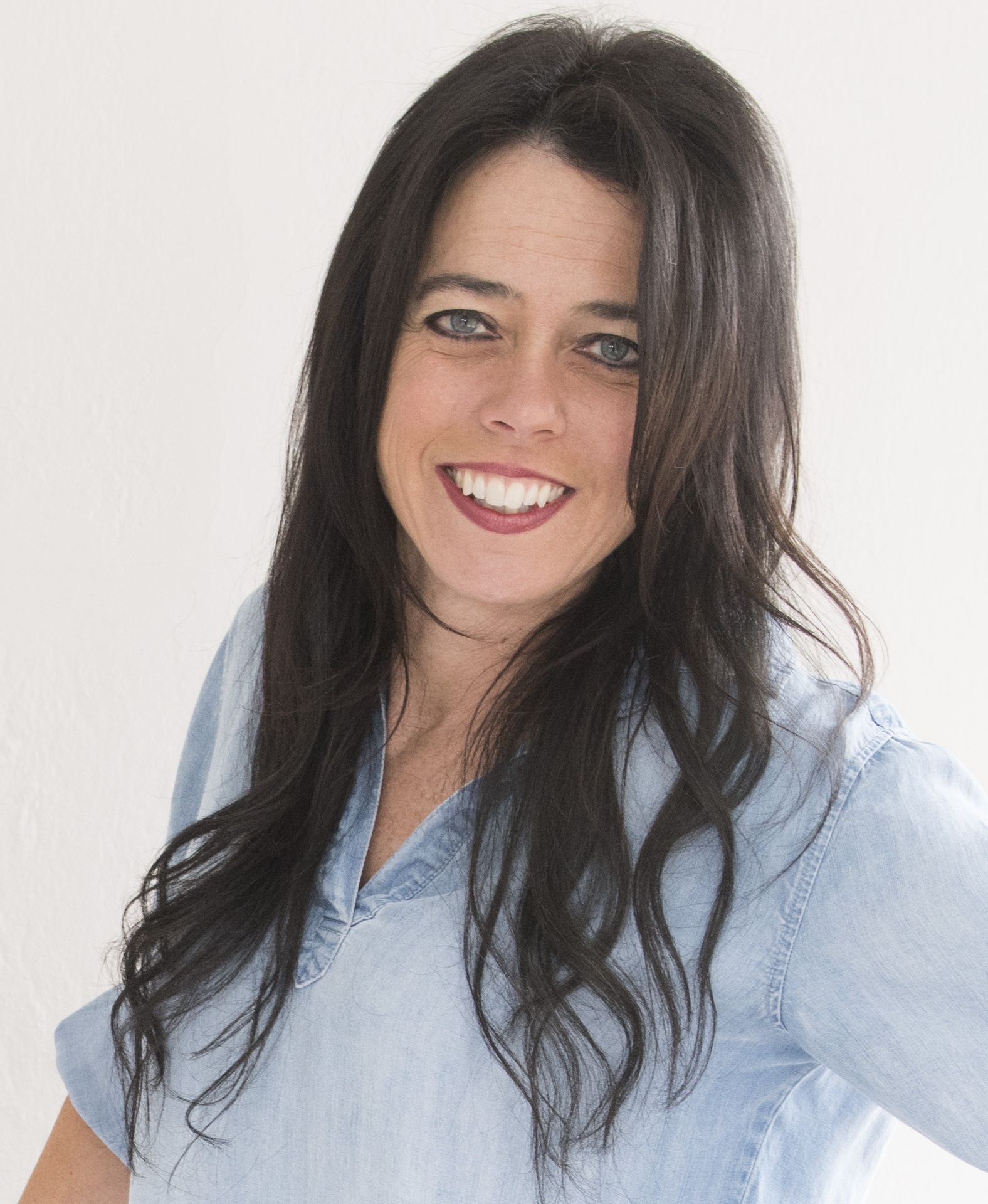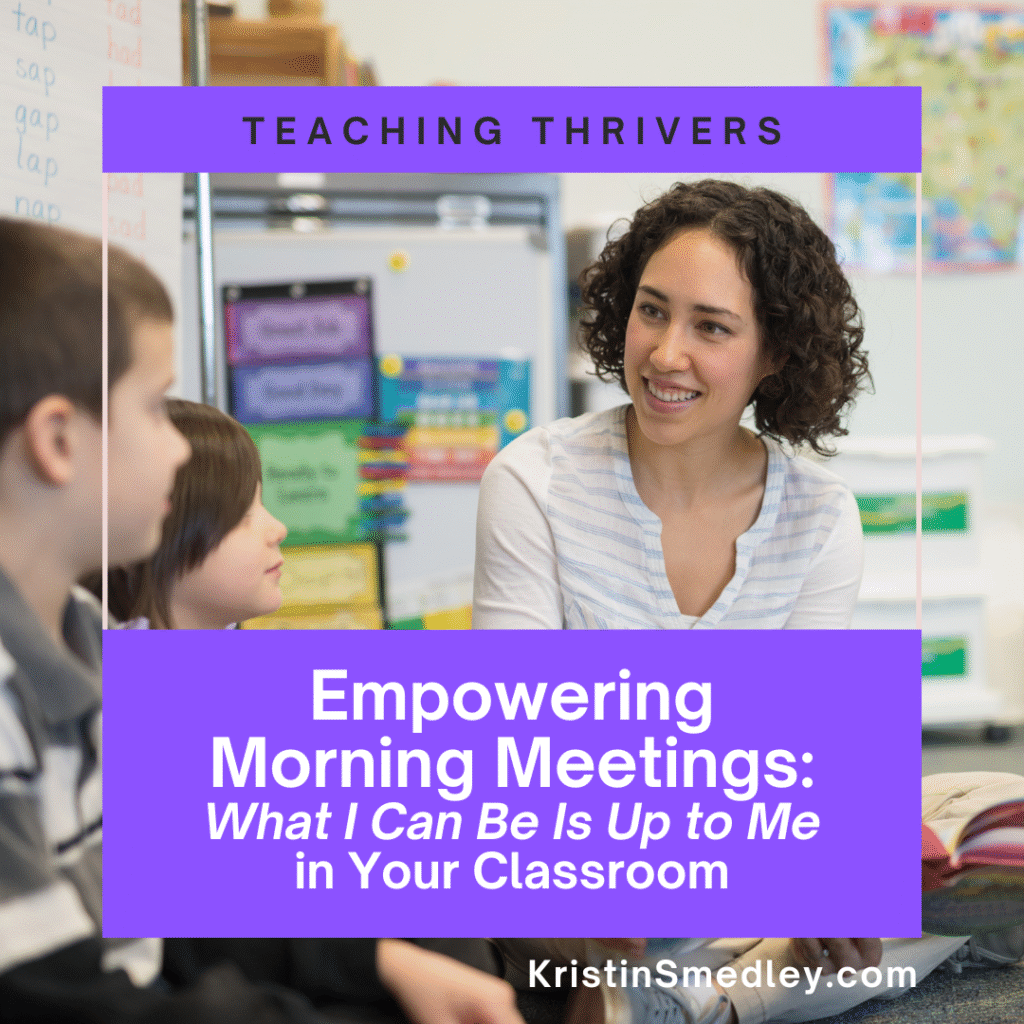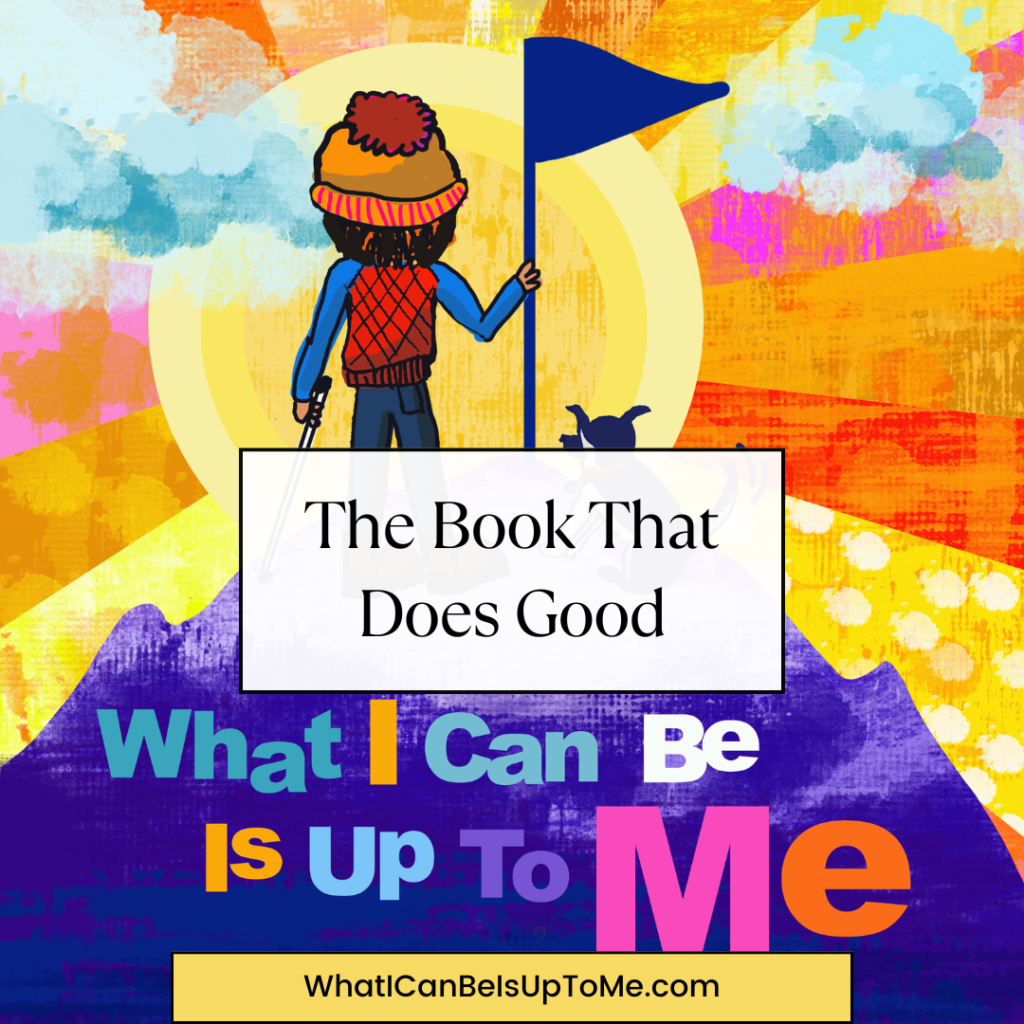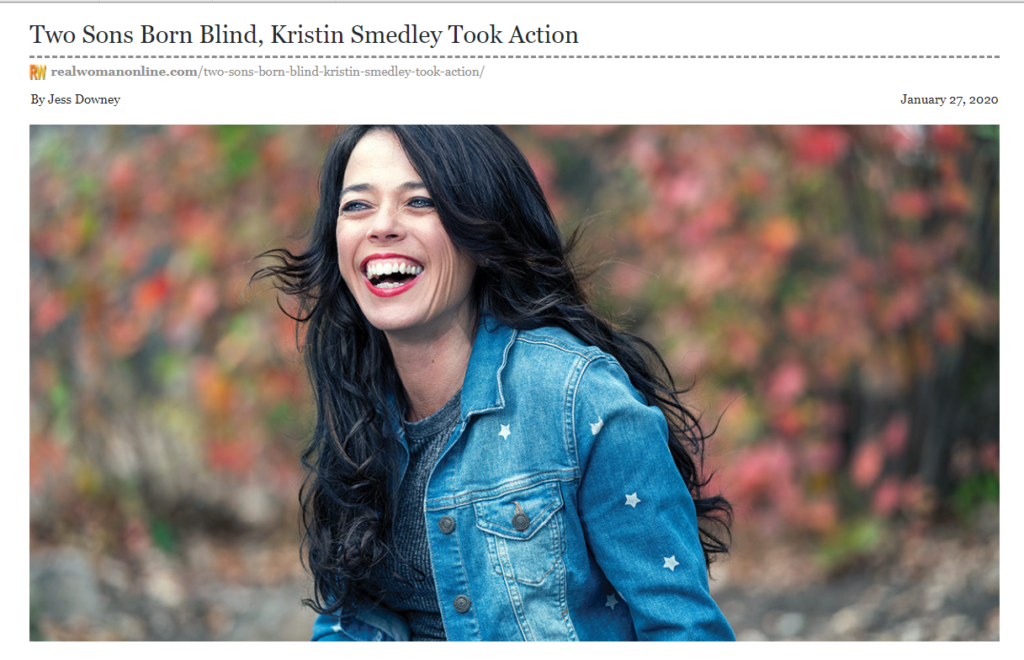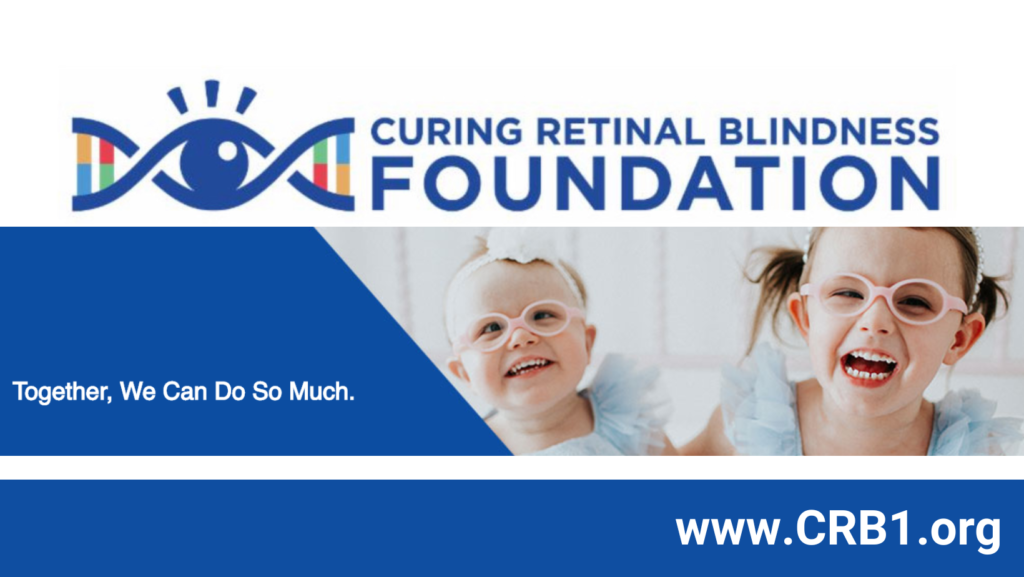When my son Michael was in first grade, he met someone who would forever shape how he saw the world—and himself.
That person was Erik Weihenmayer, the first blind person to summit Mt. Everest.
Michael is blind, just like Erik. But at that young age, he wasn’t questioning his own potential. In fact, he didn’t yet realize that others already were.
Behind the scenes, we had started hearing things like:
“He’ll never keep up in school.”
“He probably won’t be able to do much.”
Those weren’t statements based on who Michael was. They were assumptions—based on what he couldn’t see.
But when Michael met Erik, everything shifted. Here was someone just like him, doing something almost no one on Earth had ever done. And in that moment, a message took root in Michael that I’ve seen him carry ever since:
“What I can be isn’t up to them. It’s up to me.”
That truth became the heart of my children’s book, What I Can Be Is Up to Me. And it’s one I believe every student deserves to hear—especially in a classroom community like yours.
Why This Book Belongs in Your Morning Meeting
Morning Meeting is one of the most important spaces in a child’s day. It’s where students find their footing, center their mindset, and connect with their community before stepping into learning.
It’s also the perfect time to plant a powerful belief:
You have what it takes.
Your path is yours to create.
What you can be is up to you.
My book introduces six real kids—who happen to be blind—doing extraordinary things. They’re climbing mountains, skateboarding, painting, leading, and more. Their stories inspire, not because they are “exceptions,” but because they are examples of what happens when you believe in yourself.
A Week of Mantras: Character Meets Classroom
To help you bring the values of the book into your daily routine, I’ve created five simple Morning Meeting Mantras, one for each school day. These mantras are easy to integrate, easy to remember, and powerful when repeated.
Monday – “I can be strong like Erik and climb my own mountains.”
Tuesday – “I can keep going like Diane, even when things are hard.”
Wednesday – “I can be brave like Justin and try something new.”
Thursday – “I can be creative like Clarke and express myself with art.”
Friday – “I can be a leader like Alex and help others shine too.”
You can start your day by echo-reading the mantra, discussing what it means, and encouraging students to share how they’ve experienced that value.
Extend the Impact with the Student Reflection Journal
To help students personalize the message, I created a printable Student Reflection Journal. Each page includes:
-
A space to draw themselves living out the mantra
-
A reflection question that helps them connect the trait to their own life
The journal is easy to print and use, whether you integrate it into Morning Meeting, writing centers, or SEL lessons.
Click here to download the Student Reflection Journal
Bonus Activity: A Book Cover to Color and Celebrate
There’s also a coloring sheet version of the book’s cover that students can make their own. It’s a great mindfulness activity and a fun way to revisit the book visually.
Download the book cover coloring sheet here
Ready to Share This Book with Your Class?
If you haven’t yet added What I Can Be Is Up to Me to your bookshelf, I’d be honored to be part of your classroom community. It’s a story of possibility, power, and believing in the ability within every child.
Let’s Make It Accessible for All Learners
Every student deserves to access these messages in a way that speaks to them.
Here are a few ways to adapt the activities:
-
Use tactile outlines or puff paint to create raised lines on the coloring page for students who are blind or visually impaired
-
Invite students to dictate journal responses and have a peer or adult scribe for them
-
Provide visual schedules or symbol supports for neurodiverse learners
-
Use voice recordings of the mantras for auditory processing needs
-
Offer braille or large print versions of journal prompts
There are so many ways to make belief tangible and reachable. And I’d love to hear yours.
Join the Journey – Share Your Ideas with Me!
If you find creative ways to adapt or extend What I Can Be Is Up to Me for your learners, I would love to hear from you. Your ideas may inspire teachers everywhere to build more inclusive classrooms.
You can reach me at ThrivingBlind@gmail.com
or connect on Instagram: @KristinSmedley
Together, let’s make every child feel seen, capable, and inspired to believe:
What I can be is up to me.
Kristin Smedley is a former elementary teacher turned author and advocate for the blind and disability community. She’s the mom of three children—two of whom were born blind—and all are thriving. To bring Kristin to your classroom for an in-person or virtual author visit, contact ThrivingBlind@gmail.com.

